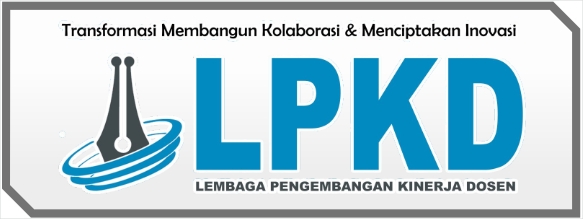Prosedur Pemeriksaan Mri Brain Non Kontras Pada Klinis Epilepsi Di Rumah Sakit Pusat Pertamina Jakarta Selatan
DOI:
https://doi.org/10.55606/innovation.v1i4.1893Keywords:
Magnetic Resonance Imaging (MRI), Brain, Epilepsy, Coronal Oblik T2W Drive, Coronal Oblik T1W IRAbstract
Abstract : MRI is a modality in radiology that uses a magnetic energy source. MRI is capable of producing Axial, Coronal, Sagittal, and Oblique images of human organs, for example: Brain, Spine,extremity, muscles and other body parts. Epilepsy is one of the Brain pathologies that uses MRI as a means of making a diagnosis. In the Brain MRI examination in clinical epilepsy using sequence MRI Brain routine with additions sequence Coronal Oblique T2 High Resolution and Coronal Oblic T1W IR perpendicular to the Hippocampus. The purpose of this study was to determine the procedure for examining Non-contrast MRI Brain in clinical epilepsy and its rolesequence Coronal Oblik T2W Drive and Coronal Oblik T1W IR. The research method is descriptive qualitative with a case study approach, total sample as many as 6 patients at Pertamina Central Hospital. The examination procedure was carried out using a head coil, supine head first position. Use sequence during the examination, namely Survey, Sagittal FLAIR, Axial T2WT SE, Axial FLAIR, Axial T1W TSE, Coronal FLAIR, DWI-ADC, Coronal Oblik T2W Drive and Coronal Oblik T1W IR. Results image onSequence Coronal Oblik T2W Drive and Coronal Oblik T1W IR are better at displaying the symmetry of the right and left brain organs, atrophy hippocampus and temporal lobe,sclerosis, mammillary asymmetrical body and fornix compared to other sequences. Suggestions pay attention to the direction of the slice so that it is perpendicular to the hippocampus to produce a symmetrical image and use sequence 3D-DIR is the latest in describing clinical abnormalities of epilepsy and MRS to find out the causes epilepsy originating from disturbances in the structure of brain tissue metabolites
References
Irfana, L. (2018). Epilepsi Post Trauma Dengan Gejala Psikotik. Medical and Health Science Journal, 2(2), 47–54. https://doi.org/10.33086/mhsj.v2i2.589
Nurhikmah. (2022). HUMANTECH JURNAL ILMIAH MULTI DISIPLIN INDONESIA PERBEDAAN KUALITAS CITRA PADA PEMERIKSAAN MRI ANKLE JOINT DENGAN MENGGUNAKAN COIL ANKLE DAN FLEX COIL DI INSTALASI RADIOLOGI RS. UNIVERSITAS HASANUDDIN MAKASSAR Nurhikmah. 2(2), 235–248.
Touska, P., & Connor, S. E. J. (2019). Recent advances in MRI of the head and neck, skull base and cranial nerves: New and evolving sequences, analyses and clinical applications. British Journal of Radiology, 92(1104). https://doi.org/10.1259/bjr.20190513
Urbach, H. (2013). MRI in epilepsy : diagnostic imaging.
Westbrook, C. (2014). Handbook of MRI Technique. In Wiley Blackwell (Fourth). John wiley & Sons.
Westbrook, C., & Talbot, J. (2019). MRI In Practice (fifth Edit). John wiley & Sons.
Wijokongko, S., Ardiyanto, J., Fatimah, Utami, A. P., Rustanto, Setiyawan, dwi adi, Trisikwanto, H., Sugeng, D., & Saputro, S. D. (2016). Protokol Radilogi CT Scan dan MRI. Inti Medika Pustaka.
Wulan Maryanti, N. C. (2016). Epilepsi dan Budaya. Buletin Psikologi, 24(1), 23. https://doi.org/10.22146/bpsi.16358


















